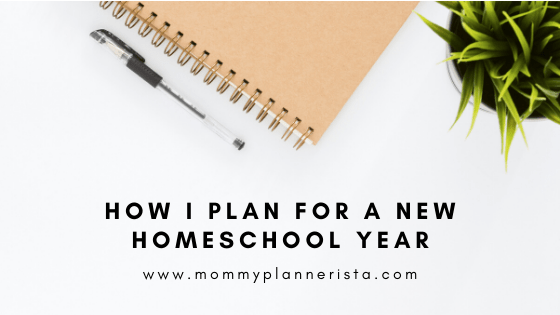
We’re about to start a new homeschool year in a few week’s time and I’m right in the middle of prepping for it.
Since I know there are a lot of you now who are just about to start homeschooling for the first time, I thought I’d share with you how I plan for a new school year.
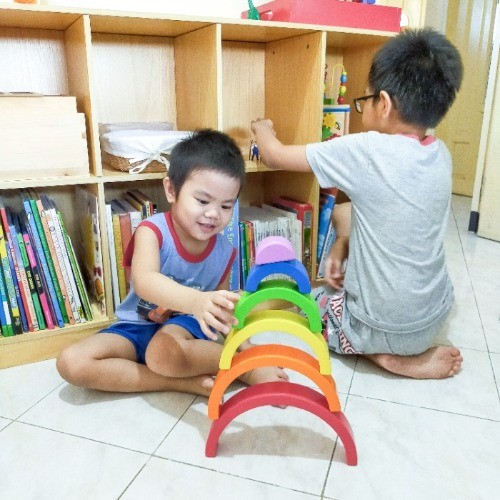
The Importance of Planning
The importance of planning is what I want to stress first. While there may be some homeschoolers who may not necessarily need to plan (maybe because they’re unschoolers or lifeschoolers), it is crucial for those who are following a curriculum set by a homeschool provider.
Homeschool providers usually send out a school calendar that their enrolled students need to follow. With that said, you need to make sure you will be able to comply with the deadlines and the way to do that is to plan your homeschool properly.
Planning is also beneficial even to indie homeschoolers like us (yes, we’re going indie this year!). Even if we’re no longer following a school calendar and thus have more flexibility, we still have learning goals for our kids. To achieve those goals, we also need to plan.
When to Start Planning for a New Homeschool Year
It’s really up to you when you want to start planning. You can do it during the summer break before the new homeschool year starts.
For me though, I usually start even before the present school year ends. That’s just me and my OC personality but I find it useful to start early because it gives me more time to explore different options.
I don’t like cramming because it just stresses me out and I don’t like that. I’m constantly aiming for a more relaxed homeschool and that also stems from planning well.
How I Plan for a New Homeschool Year
Now let me share with you the steps I take when planning for the next homeschool year.
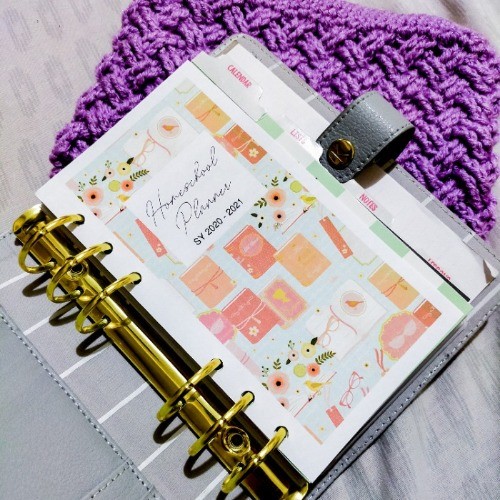
1. Set up a homeschool planner.
This is always my step 1 whenever I need to plan for something. There’s so many things to think about and decide on and the only way I can keep my thoughts organized is to write them down. The planner also comes handy when you go through the other steps in preparing for the school year as you will realize later.
It doesn’t matter what planner you use. It can be a paper planner or a digital one or a combination of both. The important thing is for you to have an easy-to-follow planning system. Since our homeschool situations are all unique, what you need to plan for and how you plan for them will vary as well.
If you’re curious about my system and my homeschool planner for this year though, stay tuned for a flip through video coming soon on my YouTube channel.
2. Evaluate the last school year.
I don’t plan a new school year without thinking about the previous school year first. It’s important to look back and see what worked and what didn’t work for us in our homeschool. That way, we can avoid making the same mistakes and instead make better choices.
I try to evaluate every aspect of our homeschool including how it affects our family dynamics and also my career as a work-at-home mom. Homeschooling is a major part of our family life so all the decisions we make with regard to our kids’ education affects our family as a whole.
3. Set goals for the year.
Every year we set goals for our homeschool, as well as for each child. It can be academic goals, extra-curricular, character goals, etc. And when I say “we” I mean not just me and my hubby but also our kids.
We believe in homeschooling with a purpose. We also strive to give our kids a delight-directed homeschool. One of our ultimate goals is to raise life-long learners who love to learn not because they need to but because they want to.
For us, that means asking our children at the beginning of the year what they’re interested in and what else they want to learn in addition to the academics. Knowing these things helps me prepare for the next step.
4. Choose our curricula and materials.
For those of you enrolled in a provider, this is a step you can probably skip since the materials will already be provided for you. However, if you’re in an open curriculum set up or if you’re also independent, then this is definitely an important step for you.
Your choice of materials will depend on a lot of things including the subjects your child is going to take, his or her learning style, your teaching style, and your budget among others. There are so many materials available these days that it can be quite overwhelming to choose.
This part is usually the one I take my time with. It usually takes me months to decide (that’s why I plan early!). I list all of my options down (in my planner) together with the cost and where to buy them. I even take note if there’s going to be an upcoming sale so that I can save money. Then from there I narrow it down to my final choices.
5. Declutter our homeschool room.
This step involves taking stock of what we already have and deciding which ones need to be thrown out or given away. We don’t have a big homeschool room. We also have limited storage space so I need to make sure that we’re not accumulating stuff we don’t use.
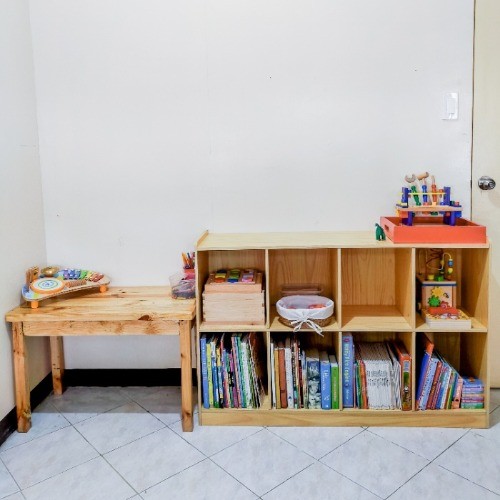
During this process, I also take note of how much space is left for anything new that we need to buy and how I plan to organize them all.
6. Create a To-Buy list and a budget.
Once I’m done decluttering, I make a list in my planner of everything that needs to be replenished (ex. bond paper, printer ink, art materials, etc). Then I add on new things that I want to buy, if any. I list down the cost as well as where I can buy them. Then I total them all up.
At this point, if I see that we’re going to overspend on some things then I tweak my list as needed. Once my list is final, then I start buying the stuff that we need.
7. Organize our homeschool room.
Once I start buying things, I add them to the schoolroom and organize them into sections. I dislike wasting time trying to find something, so I make sure that everything has it’s own designated area.
I’m going to take this opportunity to also say that you don’t need to have a homeschool room in order to homeschool. You can homeschool in the living room or at the dining table or anywhere else for that matter. We’ve done those before too. As time passed though, we just needed more space to store our school stuff so we ended up transforming one of our bedrooms into a homeschool room.
8. Start lesson planning.
Once I have all the materials I need and everything is organized, that’s when I sit down for lesson planning. How I lesson plan now is different from how I used to do it during our first few years in homeschooling. That’s because your homeschool can evolve each year and that affects how you do things including planning.
A lot of people do a yearly plan, a monthly plan, and a weekly plan, which is what I used to do. Now that I’m more relaxed about this aspect (and partly because we’re also going indie) I only do a general mapping of the school year and just go from one lesson to the next. I don’t do a monthly or a weekly plan anymore. It’s really up to you.
Once I have my yearly plan we’re basically set for the year. All I need to do is prep for materials that we might need, on a case to case basis, such as when I’m using printables for a lesson or if we’re doing an experiment.
That’s how I plan! Your system might be different but I hope I was able to give you some ideas on what to think about while you’re planning.
It might seem overwhelming at first, especially for a first-time homeschooler. But trust me, once you have a system in place, it gets easier to plan every year. We’re entering our 7th year in homeschooling and I don’t really need to think about these steps anymore. They just come automatically to me.
Good luck planning for your homeschool year. You can do this!
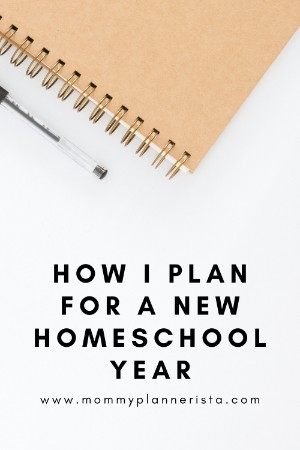
Hi! Thank you so much for this post! It is true that it is overwhelming especially for first timers. My husband and I talked about homeschooling our child and I can’t seem to find a provider that can fit our budget so I am opting to maybe go for indie. May I ask if you have any recommended curriculum or resources for this? My son is an incoming 3rd grader. Thank you in advance!
Hi! I’m glad you found this helpful. If you can’t find a provider that fits your budget at the moment, you can opt to enroll in a public school instead. I heard they are now offering homeschool option too. That way, you can take advantage of the learning resources that they provide. It might be more challenging to go indie especially if you’re homeschooling for the first time. Your choice of curriculum depends on so many factors such as budget, learning and teaching styles and methods, preference for print or ebooks, etc. Personally though, we’ve loved The Good and the Beautiful (I’ve written a review of the Intro to Energy unit already). We’re also trying Gather Round Homeschool and Evan Moor this school year.